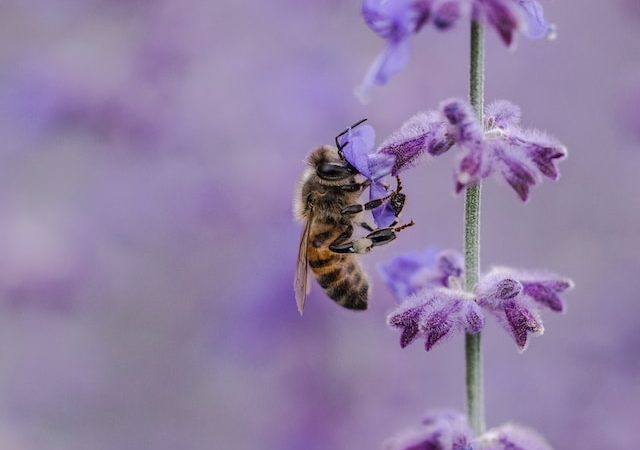Introduction: Bed bugs, those pesky nocturnal creatures, have become a widespread nuisance in recent years. Understanding their behavior and habits is essential for effectively combating infestations. In this article, we delve into the feeding and reproductive habits of bed bugs, shedding light on their behavior and providing insights into how they perpetuate their presence. Feeding
Introduction: Bed bugs, those pesky nocturnal creatures, have become a widespread nuisance in recent years. Understanding their behavior and habits is essential for effectively combating infestations. In this article, we delve into the feeding and reproductive habits of bed bugs, shedding light on their behavior and providing insights into how they perpetuate their presence.
- Feeding Habits: Bed bugs are obligate blood feeders, meaning they rely solely on blood for their survival and reproduction. While they can feed on various warm-blooded hosts, including humans, they have a strong preference for human blood. Bed bugs are nocturnal insects, with their feeding activity peaking during the night when their hosts are asleep.
- Feeding Process: When a bed bug locates a suitable host, it uses its sharp, elongated mouthparts to pierce the skin and access a blood vessel. Bed bugs inject saliva that contains anticoagulant compounds, allowing for uninterrupted feeding. The bite itself is usually painless, thanks to the anesthetic properties of the saliva. Bed bugs feed for several minutes, engorging themselves with blood before retreating to digest their meal.
- Feeding Frequency: Bed bugs require regular blood meals to molt, grow, and reproduce. However, they can survive for extended periods without feeding. In favorable conditions, bed bugs can go without a blood meal for several months, making them adept at surviving periods of scarcity and waiting for opportune feeding moments.
- Hiding and Harborages: During daylight hours, bed bugs prefer to hide in cracks, crevices, and other dark, secluded areas near their feeding sites. Common harborages include mattress seams, bed frames, furniture joints, and baseboards. Their flat bodies enable them to squeeze into the tightest of spaces, making their detection and elimination challenging.
- Reproductive Cycle: Bed bugs are known for their remarkable reproductive capabilities. Females can lay hundreds of eggs during their lifetime, typically depositing them in hidden locations near their food sources. The eggs are attached to surfaces using a sticky substance, ensuring they remain secure. Under favorable conditions, bed bug eggs hatch within one to two weeks, giving rise to nymphs.
- Nymph Development: Nymphs are young bed bugs that undergo several molting stages as they grow. After hatching, nymphs require a blood meal to molt successfully. As they progress through each stage, they shed their exoskeletons and develop more pronounced features resembling adult bed bugs. Nymphs reach adulthood after going through five molting stages.
- Population Growth: With the ability to reproduce rapidly and lay numerous eggs, bed bug populations can grow exponentially if left unchecked. A small infestation can quickly escalate into a widespread problem, making early detection and prompt action critical in preventing further spread.
- Resilience and Survival: Bed bugs have developed survival strategies that make them highly resilient pests. They possess a remarkable ability to withstand various environmental conditions, including extreme temperatures and prolonged periods without feeding. Their flattened bodies, nocturnal behavior, and adept hiding skills enable them to persist and thrive in diverse settings.
Conclusion: Understanding the behavior and habits of bed bugs, particularly their feeding and reproductive patterns, is essential for effective pest management. By recognizing their preference for human blood, their hiding places, and their rapid reproductive capabilities, we can implement comprehensive strategies to combat infestations and minimize their impact. Swift action, professional assistance, and ongoing vigilance are key in successfully eradicating bed bugs and ensuring a healthier living environment.

















Leave a Comment
Your email address will not be published. Required fields are marked with *